Curator: Paula L. Ellman, Ph.D., ABPP, FIPA
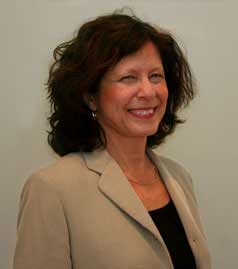
This Body Gallery ventures into a multiplicity of areas of the body in psychoanalysis, our values of beauty, the place of the skin in culture and art, the impact of body injury in adolescence and artistic expressions of the body.
The Body is always a prominent vehicle of expression and therefore of psychic communication. Its prominence is due to its link to the mind. The Body burns with desire, aches with passion, shivers with fear, tingles with anticipation. The Body’s expression of the psyche becomes the focus of Joyce McDougall in her book Theaters of the Body: Psychoanalytic Approach to Psychosomatic Illness (1989). Bodies express fear and terror, passion and desire, wishes and punishment for wishes.
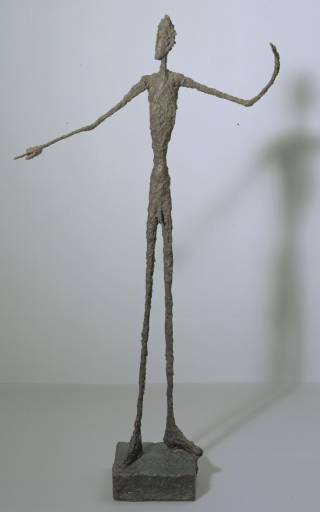
Historically, however, the psyche and soma have often been treated as split entities. Our medical ways are of treating diseases not people. Nevertheless contributors like Winnicott, carried the concept of “the ‘indwelling’ of the psyche in the soma” (Winnicott, 1966). Our current zeitgeist of the wellness movement brings the ‘two-ness’ of the psyche/soma into an integrated whole of the mind/body.
Expressions of somatic suffering have long plagued psychoanalysis as analysts struggle to find ways to treat patients who express pain through the body. Freud’s early contribution of his second drive theory, with its conflict between Eros and Thanatos, has been taken up by the Paris Psychosomatic School, the British Kleinians, Latin American psychoanalysts particularly in Buenos Aires and American ego psychologists, expanding our current thinking on the destructive aspects of the psyche and its impact on the soma. We continue to make efforts to further our theoretical understanding of the psyche/soma in treatments of psychosomatic suffering.
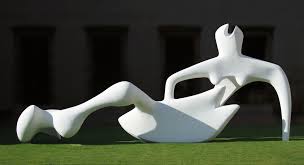
Ellen SInkman’s focus in her exhibit is on beauty, and the ways and extent to which beauty is valued and sought after. She discusses how our pursuit of beauty can involve an obsession to the exclusion of meaning. Addictive, sadomasochistic, self-mutilating efforts at pursuing beauty are narcissistically gratifying or alternatively shaming. She shows us the ways that beauty is lived out in the transference of psychoanalysis and how these enactments become the avenue for understanding. An image of Alice falling down the rabbit hole offers a metaphor for beauty enhancements going awry.
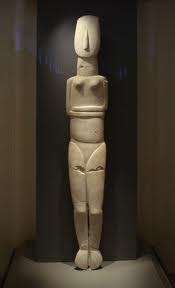
Janice Lieberman offers a montage addressing psychoanalytic perspectives on the skin, with a focus on intrapsychic meanings and concrete enactments. She begins with images of art and quotes, both historic and current, that raise questions about the psychic representation of the skin and the skin’s function and meaning. Consideration of body dysmorphia brings in a reconsideration of Freud’s Wolf Man. The presentation of two clinical cases where the preoccupation with the skin is predominant furthers our understanding of Dr. Lieberman’s perspective on establishing an analytic frame. Startling photographs of tattoos and cutting allow for evocative questions about intrapsychic meanings and cultural contexts of body modifications, inclusive of cosmetic surgeries.
Marsha Levy Warren’s exhibit considers the impact of bodily injury in adolescence and the effect on development. The adolescent athlete lives in the competencies of the body. Injury that compromises those competencies challenges the inner world of the developing adolescent. Consideration of the sub-phase in adolescence when bodily injury occurs is crucial for an understanding of the nature of the impact. Dr. Levy Warren’s expertise in adolescent development brings clarity to her presentation of clinical material from treatments of three adolescent athletes, at different stages of adolescence, where bodily injury interfered with their athletic performance and their development. Attention to the developmental sub-phase of adolescence has important implications for the treatment of the injured adolescent athlete.
Calli Ryan, a recent MFA graduate of the Pennsylvania Academy of Fine Arts, captures in her four paintings the poignant and powerful bodily expressions of the psyche. Included in her exhibit are Calli’s narrative descriptions of her associations to her paintings that speak to her creative process and the powerful ways that we relate to our bodies.
I hope you enjoy your visit to the Body Gallery exhibits and invite you to respond with your ideas and reactions.
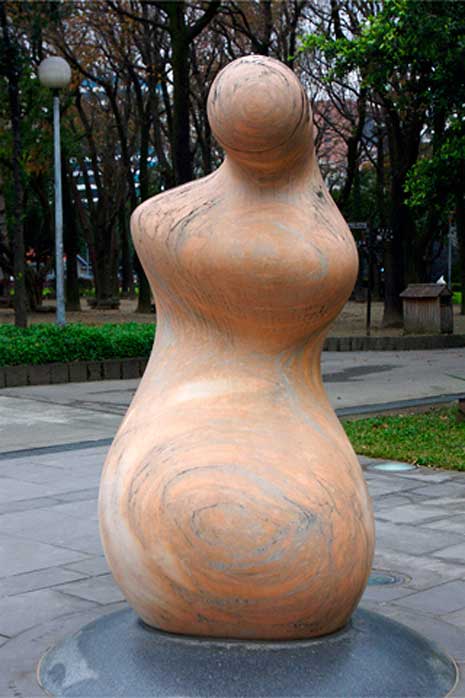
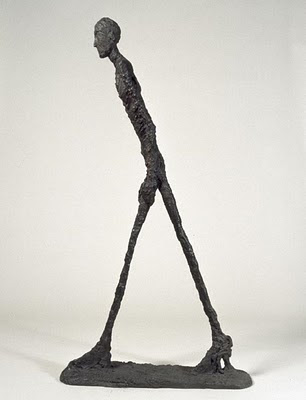
Paula L. Ellman, Ph.D., ABPP, FIPA, is a training and supervising analyst in the Contemporary Freudian Society (CFS), Washington, DC Program and the IPA. She is Chair of the Training Analyst Group and past institute director of the Washington Program of the Contemporary Freudian Society, in addition to being on the permanent faculty. She is a diplomate in psychoanalysis certified by the American Board of Psychoanalysis in Psychology (ABPsaP) and assistant professor of psychology at the George Washington University Center for Professional Psychology. She is a Member of the Committee on Women and Psychoanalysis of the IPA (COWAP). She is a Member of the Editorial Board of the CIPS Book series on the Boundaries of Psychoanalysis. She has written and presented in the areas of femininity and female psychology, listening, enactment, terror, and sadomasochism. Her recent publications include: Battling the Life and Death Forces of Sadomasochism: Clinical Perspectives, co-editors with Harriet Basseches and Nancy Goodman, CIPS Book Series, Karnac Press/ 2013 , “We’re in this too”: the effects of 9/11 on transference/countertransference and technique (with N. Goodman, H. Basseches and S. Elmendorf) in N. Goodman & M. Meyers (Eds.) The Power of Witnessing: Reflections, Reverberations, and Traces of the Holocaust—Trauma Psychoanalysis, and the Living Mind, (Routledge Press, 2012), and Enactment: Opportunity for symbolizing trauma (with N. Goodman) in A. Frosch (Ed.,) Absolute Truth and Unbearable Psychic Pain: Psychoanalytic Perspectives on Concrete Experience, (Karnac, 2012). She has a private practice in psychotherapy and psychoanalysis in North Bethesda, Maryland and Washington, DC.
